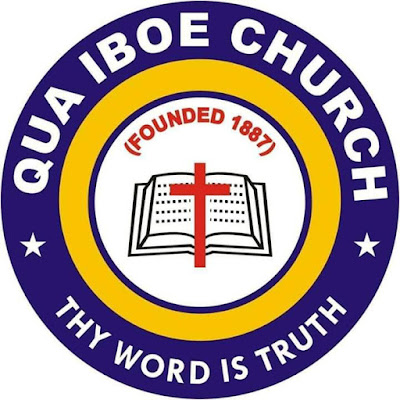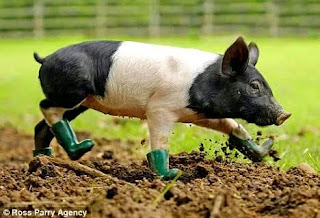A SHORT HISTORY OF THE QUA IBOE CHURCH FOUNDED IN 1887 -Barr. Emmanuel Etti
A SHORT HISTORY OF THE QUA IBOE CHURCH FOUNDED IN 1887 -Barr. Emmanuel Etti BRIEF BACKGROUND In 1846 the Presbyterian Church was founded in Calabar through the pioneering work of Rev. Hope Waddell and Rev. Edgerley. Being a very important administrative and commercial headquarters in Southern Nigeria, Calabar attracted many people from the hinterland among whom were the Ibeno people. In 1886 they came in close contact with the Presbyterian Missionaries and Efik Christians in Calabar and became keenly interested in the Gospel. When they reported their experience to their people at home, Mr. Williams from Sierra Leone, one of the foreign traders who settled in Ibeno, started to teach them the Ten Commandments, assembling them on Sundays to tell them the Word of God. Enthusiasm grew and the people sent a letter to the Presbyterian Missionaries in Calabar, asking them for a missionary to be sent to Ibeno to teach them more about God. The letter was received by Mr. Foster, a Jamaican M...


Comments